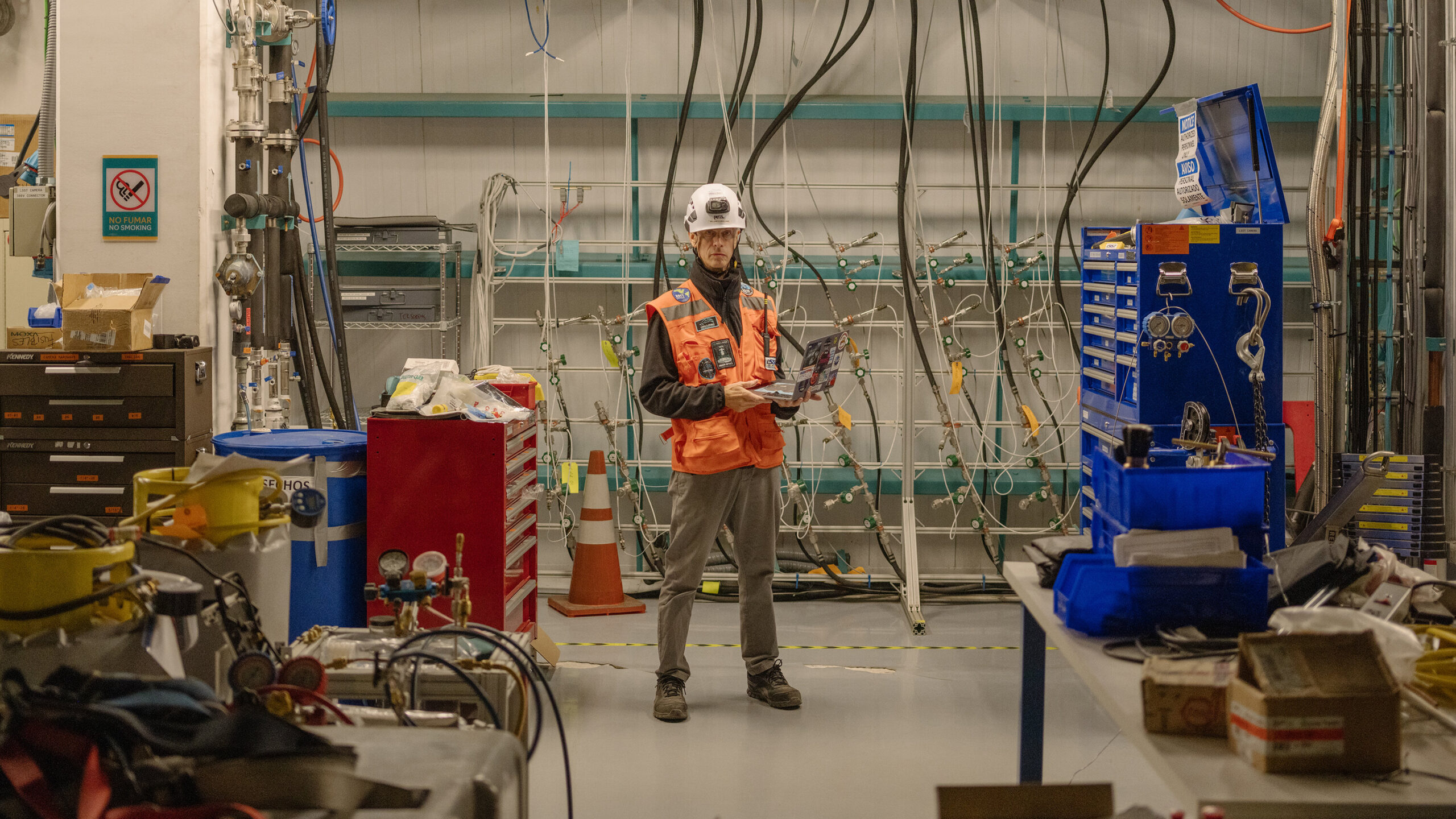
How Vera Rubin Telescope Scientists Will Deal With 60 Million Billion Bytes of Imagery
How did your country report this? Share your view in the comments.
Diverging Reports Breakdown
How Vera Rubin Telescope Scientists Will Deal With 60 Million Billion Bytes of Imagery
Vera C. Rubin Observatory in Chile will take 1,000 images each night. Each image consists of 3.2 billion pixels that may contain previously undiscovered asteroids, dwarf planets, supernovas and galaxies. Ten of those images would contain roughly as much data as all of the words that The New York Times has published in print during its 173-year history.
Based on those few observations, they would extrapolate broad generalizations about the universe.
“It was all people could really do at the time, because it was hard to collect data,” said Leanne Guy, the data management scientist at the new Vera C. Rubin Observatory.
Rubin, located in Chile and financed by the U.S. Department of Energy and the National Science Foundation, will inundate astronomers with data.
Each image taken by Rubin’s camera consists of 3.2 billion pixels that may contain previously undiscovered asteroids, dwarf planets, supernovas and galaxies. And each pixel records one of 65,536 shades of gray. That’s 6.4 billion bytes of information in just one picture. Ten of those images would contain roughly as much data as all of the words that The New York Times has published in print during its 173-year history. Rubin will capture about 1,000 images each night.
Source: https://www.nytimes.com/2025/06/20/science/vera-rubin-telescope-data.html
